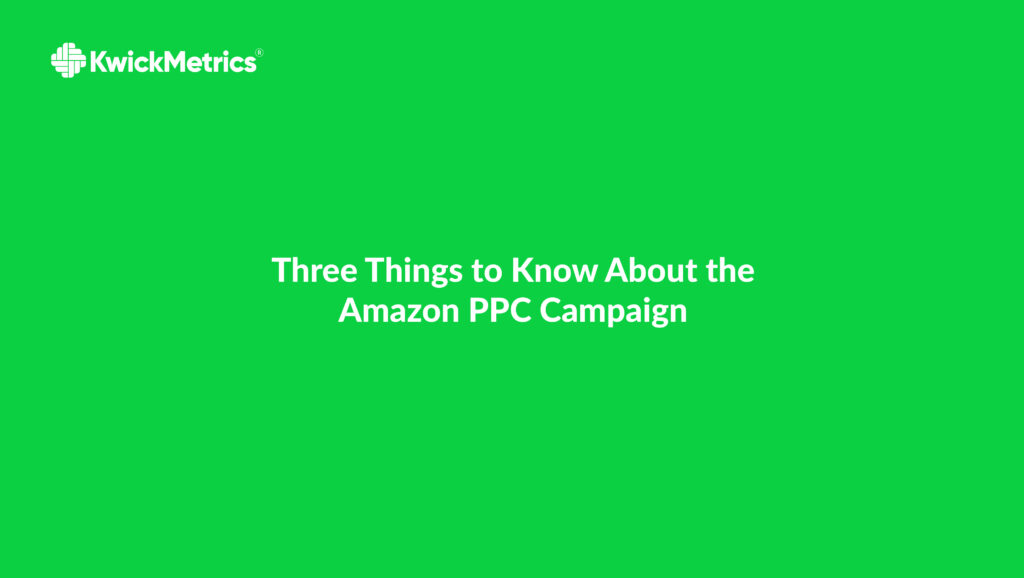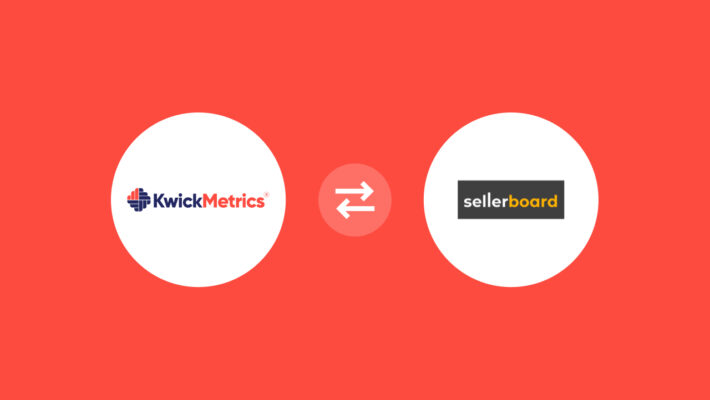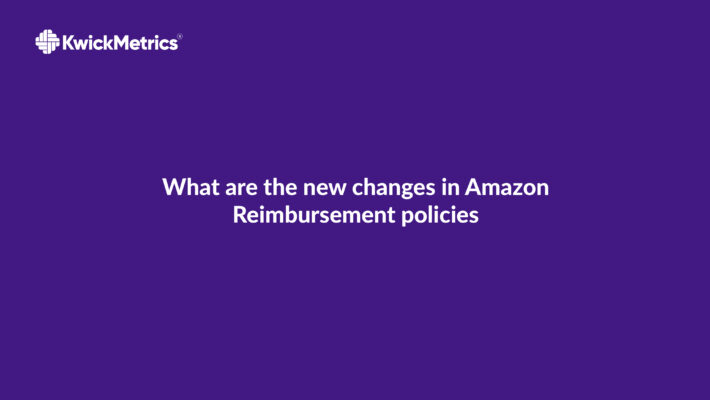Three Things to Know About the Amazon PPC Campaign

Table of Contents
PPC or pay-per-click is a popular internet marketing model. It requires advertisers to pay a fee each time their ads are clicked. Amazon PPC, similarly, is an auction-style system where advertisers bid on keywords. Also known as sponsored ads, it can help you stay ahead of the competition if you conduct business on Amazon. It is an attention-grabbing tool that Amazon’s website themselves sponsor.
Many Amazon sellers struggle to achieve their desired sales and visibility despite investing heavily in PPC campaigns. Without a clear understanding of how to effectively manage their campaigns, they often end up with high ad spend and low returns.
Industry professionals and successful Amazon sellers emphasize the importance of data-driven strategies, keyword optimization, and continuous monitoring to achieve profitable PPC campaigns.
In this blog, we’ll explore three essential things every seller should know to run successful Amazon PPC campaigns, helping them maximize their advertising potential and boost their ROI.
1. Understanding Campaign Types
Amazon offers different types of PPC campaigns, each designed to serve specific advertising goals. The three main types are:
-
Sponsored Products: These ads promote individual product listings and appear in search results and product detail pages.
-
Sponsored Brands: Designed for brand awareness, these ads showcase multiple products and drive traffic to a custom landing page or Amazon Store.
-
Sponsored Display: These ads target shoppers both on and off Amazon, offering retargeting opportunities.
Choosing the right campaign type based on your business goals is crucial for maximizing your return on investment (ROI).
2. Optimizing Your Keywords
Effective keyword selection is at the heart of a successful PPC campaign. Here are key considerations for keyword optimization:
-
Research Thoroughly: Use tools like KwickMetrics to identify high-performing keywords based on search trends and competitor analysis.
-
Match Types Matter: Utilize broad, phrase, and exact match types strategically to control ad targeting and cost-effectiveness.
-
Negative Keywords: Regularly update your negative keyword list to prevent unnecessary ad spend on irrelevant searches.
By continuously refining your keyword strategy, you can improve your ad relevance and drive more qualified traffic.
3. Monitoring and Adjusting Bids
Managing your bids effectively is essential to maintaining profitability while maximizing visibility. Consider the following practices:
-
Start with Data: Analyze past performance metrics such as ACoS (Advertising Cost of Sale), CTR (Click-Through Rate), and conversion rates.
-
Automated vs. Manual Bidding: Automated bidding can help optimize based on goals, while manual bidding provides more control over spending.
-
Adjust Bids Regularly: Keep track of seasonal trends, competitor movements, and sales data to adjust your bids accordingly.
Regular bid adjustments ensure that your campaigns remain competitive and cost-efficient.
KwickMetrics - The Business Intelligence and Analytics Tool
Explore 14-day free trial! No credit card required, cancel at any time.
Conclusion:
Amazon PPC campaigns can significantly impact your sales performance when managed effectively. By understanding campaign types, optimizing keywords, and monitoring bids, you can create a winning strategy that maximizes your ROI. KwickMetrics provides data-driven insights to help you fine-tune your PPC efforts and achieve better results.
Looking to optimize your Amazon PPC campaigns? Try KwickMetrics today and take your advertising strategy to the next level.



